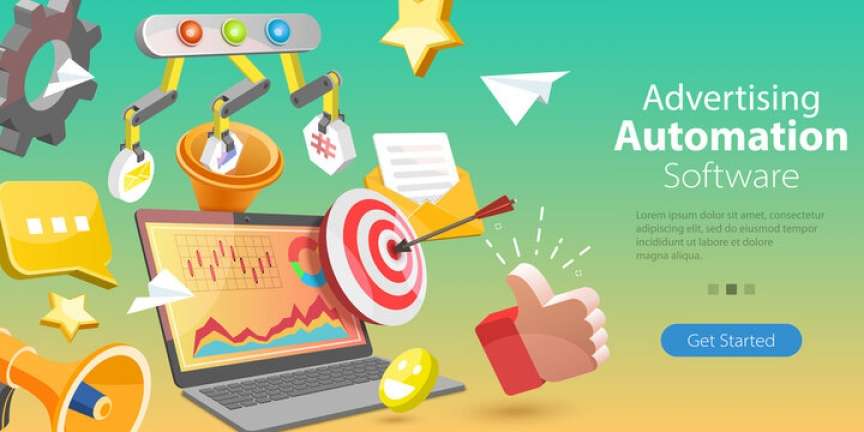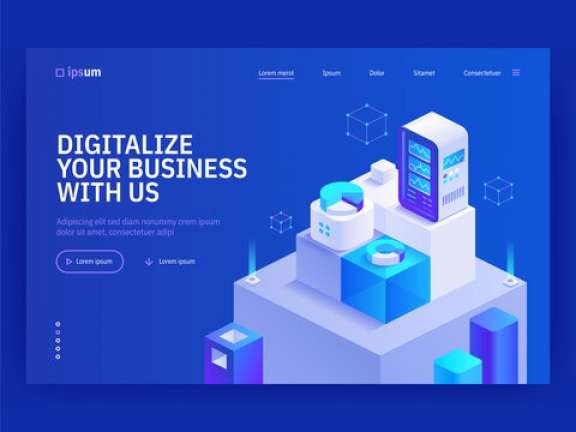Most business owners have a bunch of software at their disposal. Most of these tools make specific tasks easier and are often not a necessity but an amenity.
However, there are tools that one may consider pivotal to the company due to their wide-ranging benefits. Fulfillment software is one such tool. It offers numerous features, each of which brings a plethora of benefits to the user. Read on to learn more about these supposed benefits.
1. It allows you to focus on other tasks
One of the main features of fulfillment software is automation. It allows you to set up the system, so it no longer requires your input to perform various tasks. These may include tasks like:
- Entering product details
- Assigning personnel for packing, delivery, shipping
- Answering common customer questions
- Calculating shipping fees
- Entering customer details like account numbers
By automating these tasks, you and your employees can make time for other non-automatable tasks, allowing you to use your time more efficiently. This is a practical benefit for stores with a limited staff where being short-staffed is common.
2. It keeps you on track of the latest happenings
Though not all fulfillment software has a notification function, those that do can help keep you on track of the latest happenings in regards to fulfillment processes, such as the following:
- Completion of an order
- Requests for customer returns
- Errors in the system
- Messages from shipping or carrier partners
- Updates on your marketplace
These notifications allow you to respond to whatever’s in your store with little to no delay.
3. Fulfillment software doubles as an inventory management tool
An inventory management software lets you view your inventory in real-time and make changes accordingly. Moreover, it helps you manage your purchase orders and receive any incoming inventory from suppliers. Needless to say, it’s an essential tool for stores, particularly those focusing on eCommerce. Though it’s not necessarily better than other inventory management tools, a fulfillment software can serve as such as it has the basic functionalities of one.
4. You can manage your personnel more smoothly
If your store is often busy, you’ll encounter scenarios where you assign new tasks to staff currently busy with other tasks. This can lead to delays in the fulfillment process.
A fulfillment software can eliminate this issue since it typically has a feature that allows you to monitor the current tasks assigned to your personnel. By knowing the workload of each staff member, you can assign tasks more efficiently, accelerating the fulfillment process.
5. It can process orders more quickly
Each fulfillment process consists of numerous steps. These include:
- Receiving the order from a customer
- Checking the inventory to see if the product is in stock
- Entering the product details
- Selecting the product
- Sending the customer info to the shipping and delivery team
- Tracking the order
Each step takes some time to complete, and in between, there may be gaps as the team responsible for the task assigns the order to a different team. For instance, the team responsible for processing the order would eventually have to pass the order to the delivery team. The gap it creates can lead to slight delays, increasing the time it takes to complete the order.
A fulfillment software eliminates this gap as it can accomplish most of the steps by itself. It doesn’t have to wait for more information from other software to proceed to the next step, as all the info it needs comes from itself. For this reason, it can process orders more quickly.
6. A fulfillment software can minimize the likelihood of errors
Automation can also reduce the chances for errors, particularly human errors since human input is no longer necessary. As a result, you can avoid issues like the following with relative ease:
- Inconsistencies in product details
- Incorrect values for prices
- Mistakes in the customer information
- Wrong calculation of shipping costs
- Missing shipping and product labels
These issues might seem minor, but not only can they make your company look bad, but they can also result in additional costs, effectively reducing the store’s profits. While one may argue that these are errors that a business can avoid by double-checking, that is already a problem. After all, it means you’ll have to spend more time on a single task, further emphasizing the importance of saving time with automation.
7. It can reduce your store’s shipping costs
The shipping cost refers to the fee a customer pays whenever they receive a package. The fee goes to the company responsible for delivering the parcel, which is typically the carrier.
It may not directly affect your profitability since the fee goes to the carrier you partnered with, it can influence your customers’ decisions. After all, they’d naturally prefer buying from a store with lower shipping costs. Though it ultimately depends on your carrier, the shipping costs may also vary according to the eCommerce marketplace you’re selling on. Some platforms offer bulk shipping discounts and therefore have lower costs, which is ideal for your purposes.
Using fulfillment software, you can find the platform with the best carrier rates on the market and reduce your store’s shipping costs. This, in turn, should appease your customers.
8. You can integrate fulfillment software with other systems
Most eCommerce stores use various systems and software that help with various business operations. Below are some examples of these systems:
- Point-of-sale programs
- Accounting software
- Billing software
- Enterprise resource management and planning systems
Although each system and software have their respective roles, keeping them all connected is essential. This is to ensure everything you need for fulfillment processes is accessible in one place. Fortunately, you can integrate fulfillment software with other systems relatively easily.
9. It updates your store in real-time
If you’ve ever been to a digital marketplace, you may notice that you cannot order a product when it’s out of stock. While it’s pretty common among eCommerce stores, it’s not a built-in feature.
You must first connect your inventory to your eCommerce website to make it work. Otherwise, the functionality wouldn’t work, and customers may be dissatisfied if they order out-of-stock products. This shouldn’t be a problem with fulfillment software, as it can connect your inventory to the store automatically. After all, it doubles as an inventory management tool.
10. A fulfillment software can create reports automatically
You may need to check the number of orders your store received and how many of them were fulfilled. You might also want to check other metrics, like each cycle time, the number of customer returns, and other metrics. You’ll have to check up on these manually without some reporting tool. However, with fulfillment software, you can quickly check these metrics since the software automatically creates reports.
Going forward
Due to the numerous features of fulfillment software, it’s no surprise that it brings many benefits. And despite its wide variety of features, it’s pretty easy to manage as you get used to it, especially considering most of its features involve automation. It’s powerful software, but it’s only as effective as its user. If you wish to make the best use of its features, you should at least learn its inner workings once you get one.
















